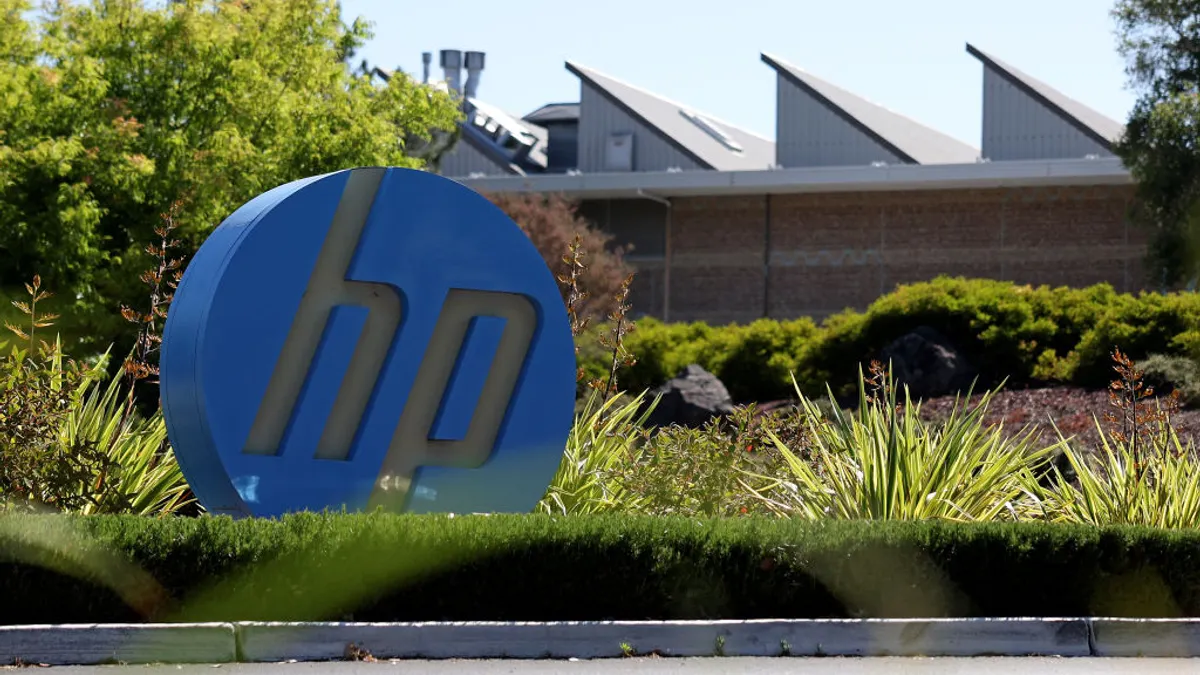Dive Brief:
- HP sped up plans to shift manufacturing of North America-bound PCs and printers outside of China to offset higher-than-expected tariffs, President and CEO Enrique Lores said in a May 28 earnings call.
- The computer maker increased production in India, Mexico, Thailand, Vietnam and the U.S. and expects to bypass China for nearly all U.S. imports by the end of June, Lores said.
- "In Q2, we acted quickly to address tariff-related headwinds, taking decisive steps like accelerating our manufacturing rebalancing, redesigning our logistics network, shifting sourcing and qualifying new product configurations," the CEO said.
Dive Insight:
In Q1 2025, Lores set September as the target date for having less than 10% of HP’s products sold in North America made in China. The Trump administration’s April tariffs triggered a significant acceleration of the plan.
“While we plan for a range of scenarios in the quarter and we worked aggressively to respond to changes in the regulatory trade environment, the tariff increases announced in April were higher than expected,” CFO Karen Parkhill said on the earnings call.
HP adjusted its logistics networks and supply chain during the quarter, per Lores. For example, the company avoided tariffs in Canada and Latin America by removing the U.S. as a distribution hub.
HP's strategy for offsetting tariffs also included raising prices on PCs and printers, which it saw other market participants and competitors doing as well, Lores said.
Tariffs implemented by the Trump administration during Q1 had a significant financial impact on HP, executives said during the earnings call. The levies led to reduced non-GAAP earnings and operating profit, as well as a dip in operating margin for PCs.
"Personal Systems operating margin came in below our guidance largely due to higher tariffs that were not fully offset by our actions in the quarter," Lores said. "We expect to successfully mitigate this cost and return to our long-term target range of 5% to 7% next quarter."
This story was first published in our Procurement Weekly newsletter. Sign up here.















